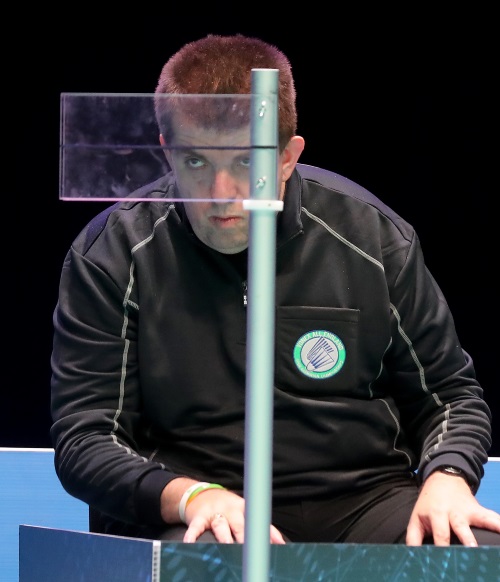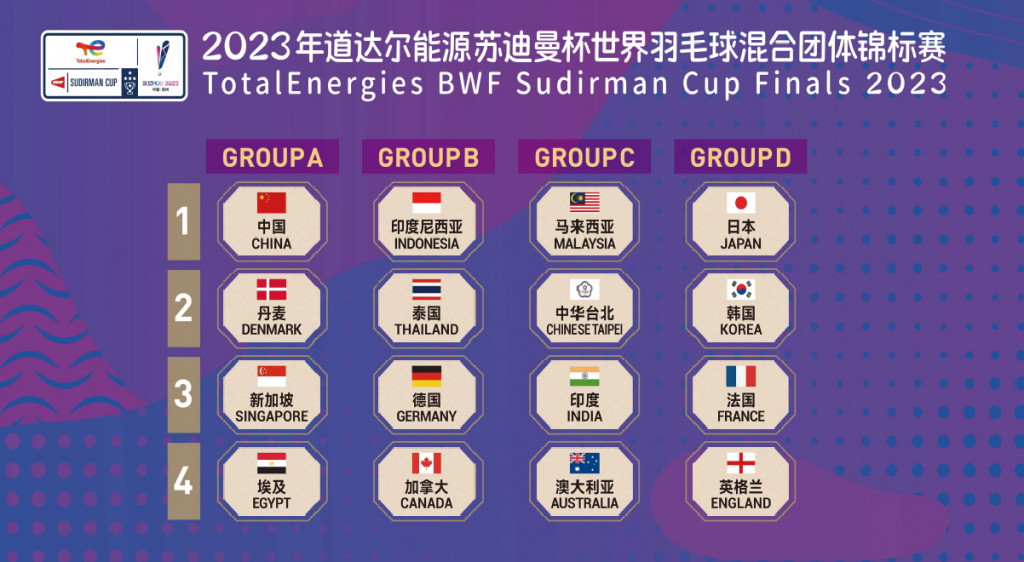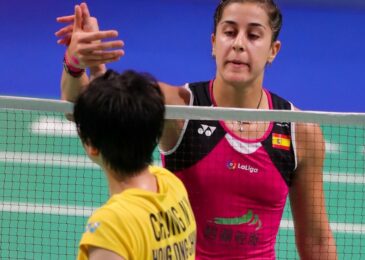The Badminton World Federation (BWF) is taking steps to simplify and standardize service rules in badminton. By introducing the Experimental Service Law (Fixed Height), the BWF aims to make service judging more objective and fair. The initial feedback from technical officials and the badminton community has been positive and informative.
Bạn đang xem: Simplifying Service Rules in Badminton: BWF’s Experimental Service Law
Positive Reception and Valuable Input
BWF Secretary General Thomas Lund acknowledges the interesting response from the global badminton community. Umpires have reported that the introduction of an instrument to assist in service judging has been helpful. Additionally, many singles players have expressed that they have no issues with the new service rules.
The BWF understands that changes to essential aspects of a sport will always generate a wide range of opinions. In response to critical views, Lund emphasizes that thorough consultation with top coaches from badminton powerhouse countries was conducted before implementing any decisions.
Experimental Testing and Future Plans
The BWF started experimental testing of the fixed-height service at the YONEX German Open and the YONEX All England Open Badminton Championships in 2018. This testing period will continue throughout the year, involving Grade 1 and Grade 2 events, as well as continental championships. Based on feedback from the Experimental Period, the BWF will determine if the current service height of 1.15 meters is appropriate or if it should be slightly adjusted.
Simplifying Service Judging
Xem thêm : BWF Sport Science Research Grants: Advancing Badminton through Research
The decision to implement a fixed service height was motivated by the desire to address concerns raised by players and service judges. Under the previous rules, inconsistencies in service judging arose due to difficulties in determining the bottom rib height and the direction of the racket head at the instant of hitting the shuttle.
By switching to a fixed service height, the BWF aims to achieve consistency and fairness in service judging. It will also allow for the inclusion of tools to assist service judges in assessing the serve accurately. In the long term, the BWF is even considering the development of a technology solution similar to Hawk-Eye Innovations, which could provide a consistent and reliable method for line calls.
Equality and Fair Play
The BWF believes that all players should have an equal opportunity in serving, irrespective of their height. The previous rules allowed taller players to serve from a higher level, providing them with an advantage. The BWF aims to level the playing field by setting a fixed service height.
To ensure that the service height is reasonable for tall players, extensive testing and feedback from various badminton countries were considered. The current experimental service height of 1.15 meters struck a balance between fairness and practicality. However, the BWF remains open to the possibility of adjusting the height based on further feedback.
FAQs
Q: What is the purpose of the Experimental Service Law?
Xem thêm : BWF News
The Experimental Service Law aims to simplify and standardize service rules in badminton, ensuring fairness for players.
Q: How long will the testing period last?
Testing of the Experimental Service Law will continue until the end of the year, allowing for thorough analysis and evaluation.
Conclusion
The BWF’s Experimental Service Law (Fixed Height) is a significant step toward simplifying service rules and making service judging more objective and fair. The initial feedback from technical officials and the badminton community has been promising. The BWF remains committed to addressing concerns and ensuring that all players have an equal opportunity to excel in the sport.
Visit Carnegiecentre for more informative content on badminton and other sports.
Nguồn: https://www.carnegiecentre.com
Danh mục: Tin tức




